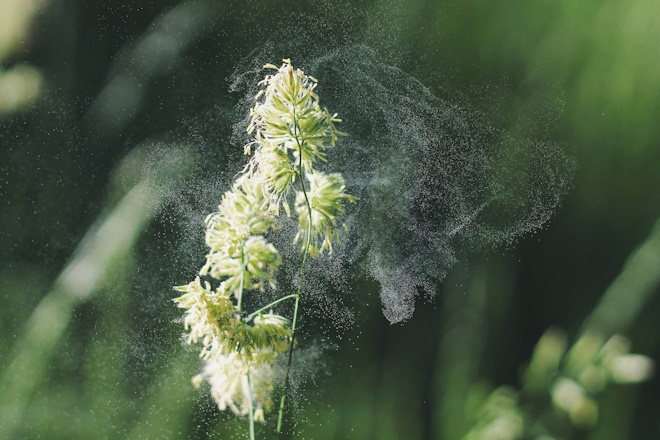
Insights + interviews
Duke-NUS Breakthrough: New Hope for Allergy Prevention
Groundbreaking research from Duke-NUS Medical School has identified a critical step in allergic reactions, offering hope to millions of people with asthma and severe food allergies.
This discovery could pave the way for new strategies to prevent life-threatening reactions.

When a person encounters an allergen such as peanuts, shellfish, pollen, or dust mites, their immune system can go haywire. Mast cells, a type of immune cell, mistake these harmless substances as threats and release an immediate wave of bioactive chemicals. Simultaneously, mast cells release pre-stored granules of these chemicals into the bloodstream, leading to systemic shock. Without quick intervention, this can be lethal.
More than 10 percent of the global population suffers from food allergies, according to the World Health Organization (WHO).
In Singapore, asthma affects one in five children, and food allergies are a common cause of anaphylactic shock.
The Intriguing Discovery
Researchers at Duke-NUS Medical School have now pinpointed how the release of mast cell granules is controlled. Two members of an intracellular multiprotein complex called the inflammasome play a crucial role. These proteins transport particulate mast cell granules from the cell center to the cell surface, where they are released. This discovery provides a precise target for preventing the cascade of events that lead to anaphylactic shock.
The Role of NLRP3 and ASC
The team observed mice whose mast cells lacked either NLRP3 or ASC proteins. When exposed to allergens, these mice did not experience anaphylactic shock. However, when NLRP3 and ASC proteins assembled and bound to individual intracellular granules, forming a complex called “granulosome,” the granules moved along tracks within the mast cell. Think of it as hooking them onto a set of “rail tracks.”

A Promising Drug
To prevent this event, the researchers turned to inflammasome inhibitors. They administered CY-09, an inflammasome-blocking drug similar to those in clinical trials for chronic inflammatory diseases, to mice before introducing an allergen. In their preclinical model, CY-09 effectively prevented anaphylactic shock.
Dr. Andrea Mencarelli, co-first author of the paper, emphasised that this drug selectively blocks mast cells’ pre-stored chemicals without affecting other beneficial activities. While not a cure, it offers a new tool for preventing traumatic reactions.
Peace of Mind for Parents
Parents of children with severe food allergies can find peace of mind. Although the immune system shouldn’t be deactivated for prolonged periods, short-term protection is possible. The team is now optimising the drug dosage and frequency for the best protective effects against anaphylactic shock.
A Beacon of Hope
Professor Patrick Tan, Senior Vice-Dean for Research at Duke-NUS, called this breakthrough a paradigm shift. It enhances the quality of life for those at risk of severe allergic reactions. For parents of young children living with this constant concern, it’s a beacon of hope.
Photo by Markus Winkler and by Alex Jones on Unsplash






